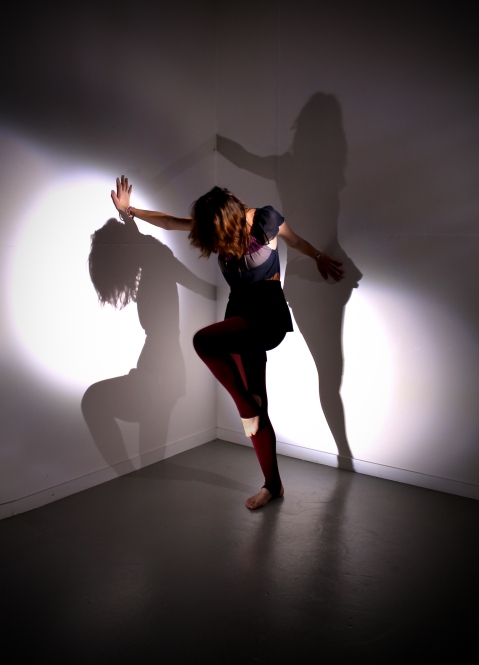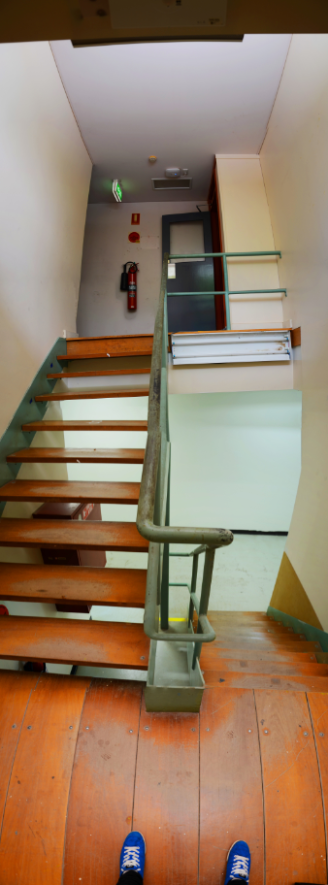The Shadow Self – Jungian Theory
Shadow Self
First to clarify some jargon in Jung & Freud: The SELF of each individual is made up of the Conscious and the Unconscious. The Conscious is called the EGO and is the part (or time spent) of the Conscious in which the individual has identified or determined as defining who he or she is. PSYCHE refers to both personal mind and the larger or Universal mind. The Unconscious includes, according to Jung, both a “Collective” unconscious composed of biological, racial and cultural memories or trace engrams. Possibly there is a DNA-based carrier for these.
There is also a PERSONAL unconscious which contains, amongst other things, REPRESSED sensations, feelings, thought or intuitions which do not conform with the Ego’s consciously decided role or identity- picture. Jung’s shadow-self therapy (which I practice occasionally) draws upon this rejected collection of material as a RESOURCE which is available for those brave enough to explore them. The bravery is in temporarily discarding (advice of) the Ego required to access these memories or sensations. Jung calls this assemblage or rejected alter-ego the Shadow. Jung thought that his form of therapy best suited those approaching middle or old age after having achieved some degree of success in family life or in social status, but who now suffered a sense of meaninglessness or alienation. Freud’s sex-centred therapy is generally thought to be more suitable for younger people. However, I have observed that some types of people (of whatever age) are drawn to express themselves via art/ images/ mysticism and narrative, whilst others (of any age) better conform to ID- driven Freudian types of therapy.
Folks largely SELF-SELECT the type of therapy which appeals to them, and if they are interested enough to make the EFFORT to have an Enochian Chess reading, then Shadow therapy and resulting experiential phenomena is often appropriate.
What the therapy seeks is INDIVIDUATION, a process whereby we become integrated and complete by not only facing the Shadow, but recognising and incorporating it into the Self. This overcomes a fundamental duality in human nature that we touched upon in part one. Archetypes from the unconscious are worked through in art, religious or Meditational practices, and used in the mastery of the Self. An individuated person can see that the `personality’ is just one of many possibilities, a mask even, that can be put on or put aside appropriate to the conditions which social necessity imposes on us. Dream analysis has a larger role in Jungian work than in other therapies, because Jung believed that in dreams we can best access the archetypes and the shadow.
Assignment Thingy Ma Jigs (Because I’m that Technical)
Light Painting History
History
Photography comes from the Greek words phos (“light”), and graphis (“stylus”, “paintbrush”) or graphí, together they mean “drawing with light”.
Étienne-Jules Marey and Georges Demeny: Light Painting 1889
Étienne-Jules Marey and Georges Demeny first met when Demeny enrolled in a physiology course being taught by Marey. The soon became close associates. Together they established a programme of research which was to lead to the creation of the ‘Station Physiologique’, which opened in 1882 in the Bois de Boulogne. Marey and Demeny developed several photographic techniques to study the movements of everything from humans to horses. In 1889 Demeny attached incandescent bulbs to the joints of an assistant and created the first known light painting photograph “Pathological walk from in front”.

Read More…
Time Lapsed Dancers – BODIES IN MOVEMENT: ‘NUDE’ BY SHINICHI MARUYAMA
You can touch movement. Like it was a creamy sustance, or an elaborate plaster sculpture. At least that’s how it would seem by observing the dancers photographed in series “Nude” by Japanese photographer Shinichi Maruyama, in collaboration with choreographer Jessica Lang.
Behind every image is the perfection of a human body that is liquefied in time and movement, decomposing into millionths of a second to then recompose into a compact three-dimensional sequence.
Maruyama was introduced to photographer by a teacher at his elementary school and experimented for years the portrayal of movement, especially in water, as we described in this previous article.
With “Nude”, he takes the study of the subject to a further stage, trying to refine it in relation to the unraveling of time that thus becomes the “painter of photography”.
In this series he in fact uses much more elaborate techniques than in his previous works. For “Nude”, each image is the digital synthesis of 10 thousand unique shots that compose the bodies of the dancers.
A century ago, scientist and photographer Étienne-Jules Marey inspired many artists through his photo camera with which he was able to take 12 shots a second. But with the current technology, Maruyama managed to capture 2 thousand photos a second and blend them into a kinetic cream through the use of new tools.













